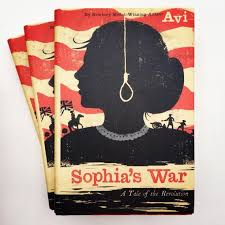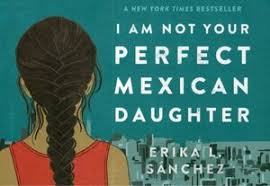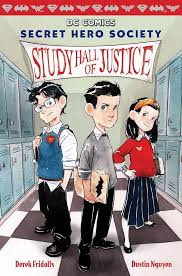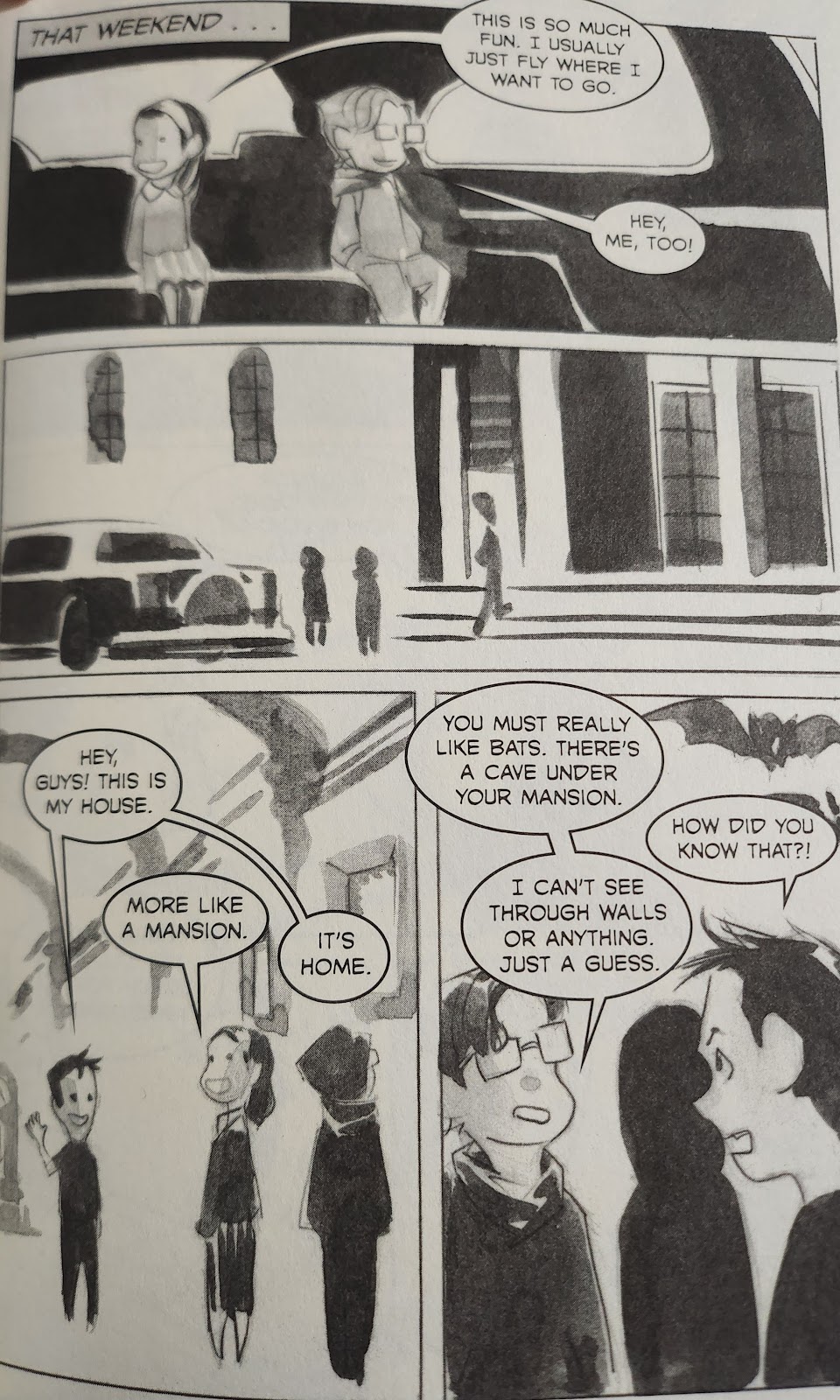For this week’s children’s selection, I chose to read Sophia’s War: A Tale of the Revolution. Avi’s centers around a young girl named Sophia who is experiencing the events of the Revolutionary War in New York City. Her father and her brother are on the side of the patriots, and she concurs with their belief. In the beginning of the story, she witnesses an event that will forever shape her world, the hanging of Nathan Hale.
Following the hanging, the British solders begin quartering in her home. Her brother is missing, and her father is injured. So, Sophia needs to find work to help at home. Because she knows how to read and write, she finds employment. However, after a few years, she is recruited to be a spy for General Washington. She discovers the treachery of a high-ranking military officer in the continental Army. Time is running out though, and she must try to stop the plot herself.
I enjoyed this book. I liked that it showed ways that women helped out during the war. It was fast-paced, and full of historical events. This book allows the reader to understand the fears, motivations, and bravery early patriots had.
This book would be an excellent read for 5th graders, before, during, or after learning about the Revolutionary War during Social Studies. Students could use this book to provide some background knowledge prior to the instructional unit. If used after the unit, the students could use the unit to provide background knowledge for the book. I can envision a fifth grade teacher using this as a choice for a literacy book club. Groups could read historical fiction books, like this one, and give a presentation to the class.













